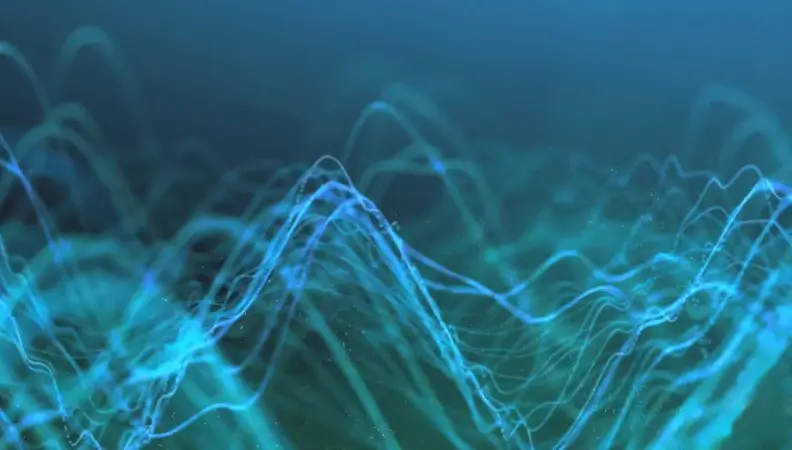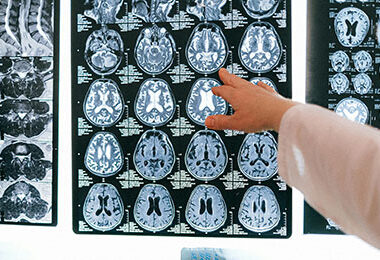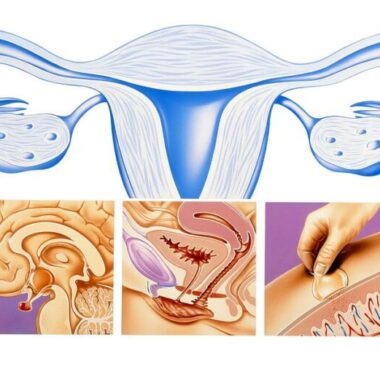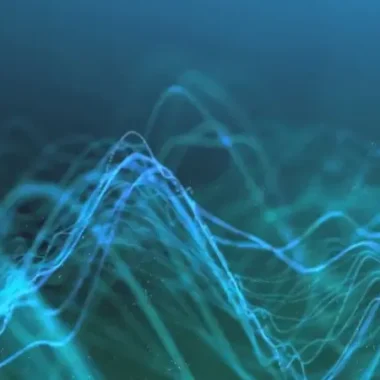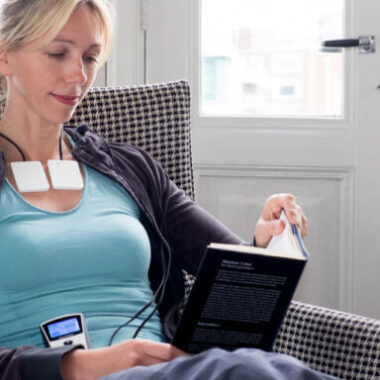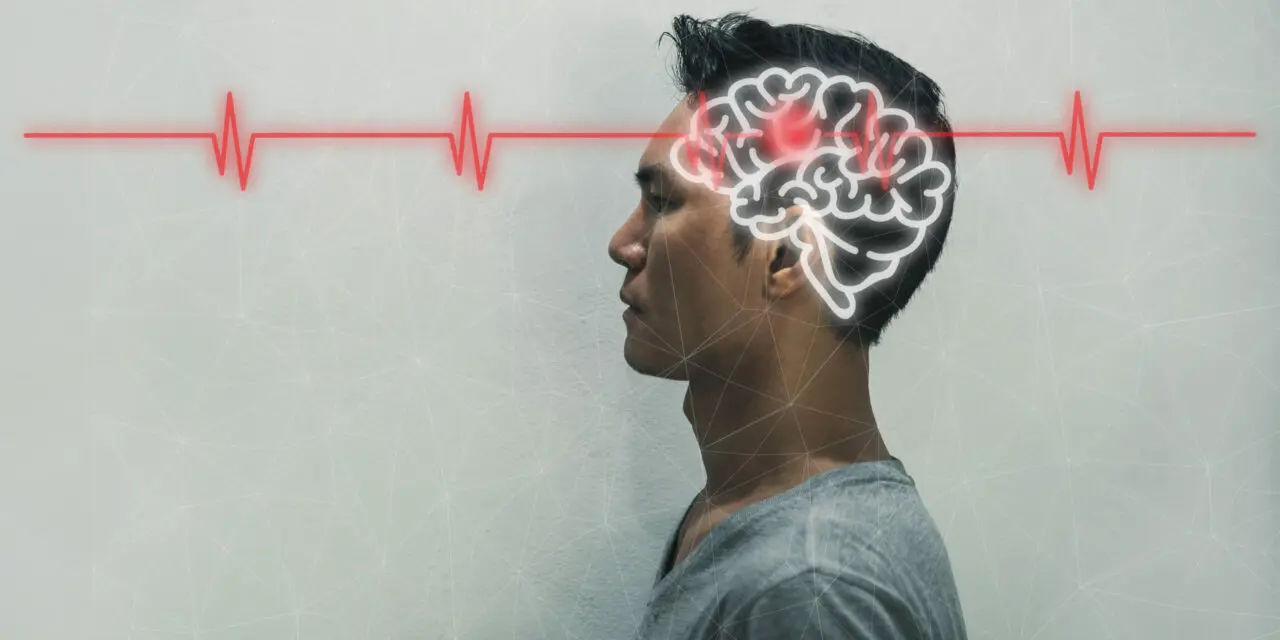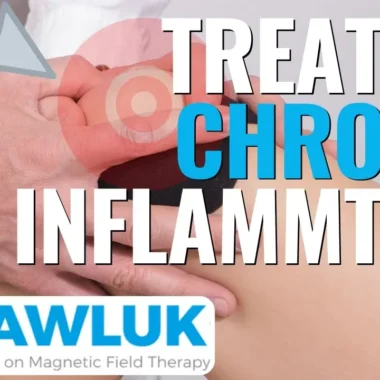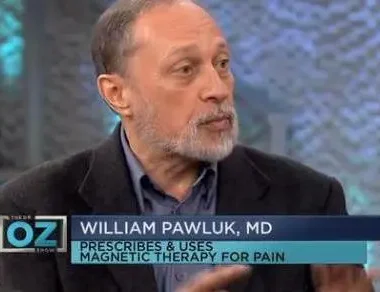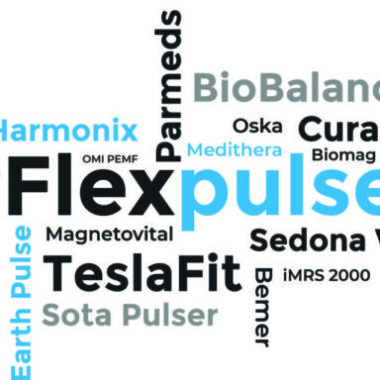WHY INTENSITY MATTERS
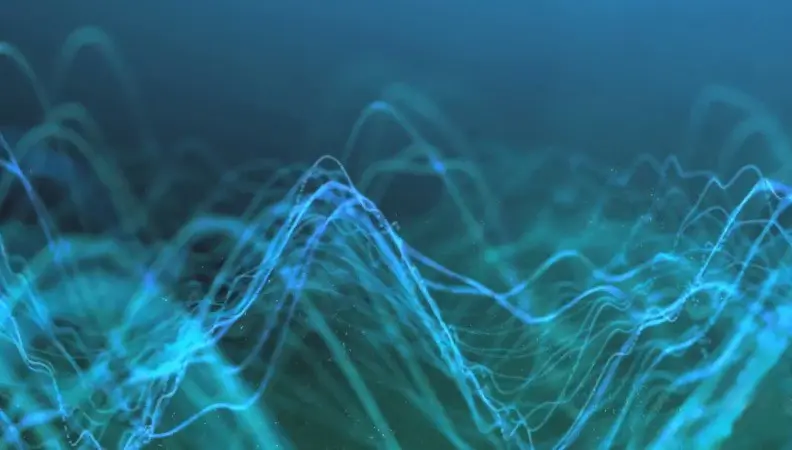
Not surprisingly, there is still much debate online about the value of intensity of pulsed electromagnetic fields (PEMFs). There are manufacturers and distributors on both sides of this debate. Some claim that low intensity is all that is needed and that higher intensities are unnecessary or even dangerous. Some claim that only high intensities are effective. The truth is that both work, and so do intensities in the middle.
FARADAY’S LAW AND THE LAW OF PHYSICS
Firstly, much of the value of PEMFs in helping the body is based on Faraday’s law, a basic law of physics. One of the major actions of PEMFs is to induce energy or charge in the tissues. Faraday’s law chiefly dictates that the more charge that’s needed, the higher the intensity of the PEMF signal needs to be.
Moreover, this is represented with the equation dB/dT, where d means change, B means peak intensity, and T means time. So, we are talking about the change in intensity over the change in time. The higher the intensity reached (in the shortest time), similarly, the higher the dB/dT value. The higher this value is, the greater the amount of charge produced in the tissues. Furthermore, some of the highest intensity PEMF systems available on the market have dB/dTs high enough to cause nerves to fire and activate muscle contraction.
Also, in many cases, dB/dT needs to be higher to accomplish any real healing work. Basically, the PEMF signal needs to be able to pass deep enough into the body (or completely through the body) to do its work in increasing the charge in tissues. Sufficient levels of charge need to be achieved to produce healing results. Magnetic fields themselves are infinite, but the intensity component decreases based on another basic law of physics: the inverse square rule.
The magnetic field intensity drops off extremely rapidly with distance from the surface of the coil. Even though the magnetic field goes into the body with no resistance, the intensity drops off as it passes through the tissues. The side of the body closest to the coil (applicator) gets the maximum intensity. The other side of the body or limb gets a much, much lower intensity. If charge is necessary to produce healing results, and research tells us it is, then higher starting intensities are necessary to be able to reach the tissue being targeted.
At 6 cm (2.3 inches) away from the applicator, a 100 mT (1,000 gauss or 100,000 microTesla) magnetic field has dropped to around 2mT (20 gauss or 2,000 microTesla). This is a 98% drop in intensity in less than 2 and a half inches! This same ratio applies to all magnetic field strengths, whether one gauss or one thousand gauss. The table below shows the intensity of a 100 µT (microTesla) or 1 gauss (0.1 mT) PEMF up to 5 inches (13 cm) away (or into the body) from the surface of the applicator:
| Distance | Intensity | ||
| Inches | cm | mT | µT |
| 0 | 0 | 0.1 | 100 |
| 0.5 | 1 | 0.025 | 25 |
| 1 | 3 | 0.0063 | 6.2 |
| 2 | 5 | 0.0028 | 2.8 |
| 3 | 8 | 0.0012 | 1.2 |
| 4 | 11 | 0.0007 | 0.7 |
| 5 | 13 | 0.0005 | 0.5 |
As you can see, once you are 5 inches from the applicator, there is little magnetic field left in terms of the field’s ability to generate charge.
Additionally, research evidence continually and consistently shows that the intensity of a therapeutic magnetic field is important, perhaps more so than any other component. Even the other components of a magnetic field, such as frequency or waveform, rely on the intensity of the PEMF signal at the tissue being stimulated.
PEMF systems must be tailored to the unique needs of the individual. Most extremely high intensity PEMF systems do not have adjustable frequencies. In some cases, they have no frequencies at all, and instead have a repetition rate or pulse rate. Thousands of studies have been done on PEMF systems using frequencies of many kinds to produce benefits. Particularly, the majority of these studies are doing using intensities ranging from 10 gauss to 1,000 gauss.
In research settings, “low intensity” magnetic fields seem to be categorized as those at or around 15 gauss (1,500 microTesla). One study compared a 0.5 gauss (15 microTesla) PEMF with a 15 gauss (1,500 microTesla) PEMF system used for six hours per day for 90 days in the treatment of arthritis. They found that NSAID use was 26% in the higher intensity group and 75% in the lower intensity group. At a 3-year follow-up, the percent of patients reporting complete recovery was undoubtedly higher in the higher intensity group.
In a “medium intensity” study, researchers used a 35 mT (350 gauss / 35,000 microTelsa) PEMF for 15 minutes over 15 treatment sessions and found the signal improved hip arthritis pain in 86% of the patients. This is a significantly shorter treatment course than for the lower intensity study reported on above. PEMFs of 40 mT (400 gauss or 40,000 microTesla) for 20 minutes per day over 25 days gave relief or elimination of pain in between 90 and 95% of patients with lumbar osteoarthritis.
Moreover, in one “high intensity” study, PEMFs reaching up to 1.17 T (11,700 gauss) were used for recovery after injury in post-traumatic postoperative lower back pain, reflex sympathetic dystrophy (RSD), neuropathy, thoracic outlet syndrome, and endometriosis. Pain was reduced by more than 10x with active versus sham treatments for each of these conditions.
In my 25 years of experience using PEMFs of various intensities tells me the same thing research supports: low intensity PEMFs may require treatments to last a very long time or may need to be continuous. By contrast, medium to high intensity PEMF systems provide symptomatic benefits in less than a month with just minutes per day of treatment.
This does not mean that increased treatment time can always eventually make up for a lack of intensity. If the tissues you need to treat are not being reached by the magnetic field, then benefits may never be achieved, or the PEMF treatment may only provide modest benefits at best. Let’s take the hip joint for example. If you assume the depth of penetration needed is 12 cm, then a 200 gauss intensity magnetic field would be delivering about 1 gauss to the target tissue. Given the shape of the hip joint, the calculated “dose” would vary throughout the joint. Lastly, when considering using extremely low intensity magnetic field devices, such as one that produces just 1 gauss (100 microTesla), the dose at the hip would be just over 1 microTesla.
Consequentially, there is little research to support that PEMFs will be active at this level of intensity in tissues. Furthemore, you may still receive some passive benefits, but given that most research points to the generation of charge in tissues as being the most obvious reason PEMF therapy works, intensity may well matter more than any other single factor.
